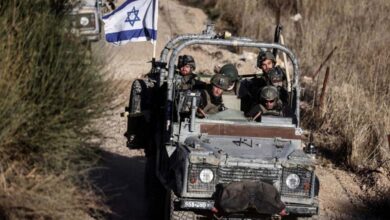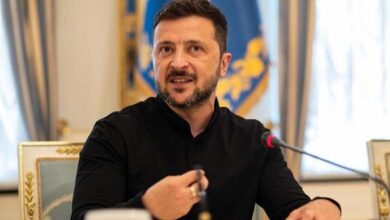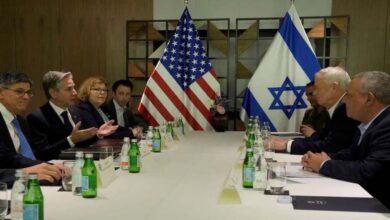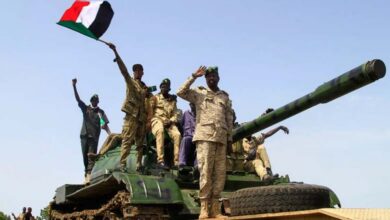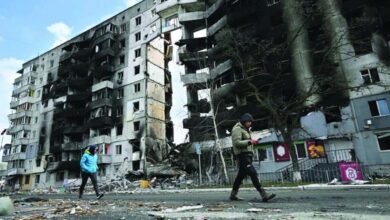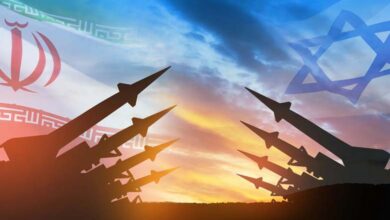Why is the Somali group “Al-Shabaab” one of the most important arms of transnational terrorist networks?
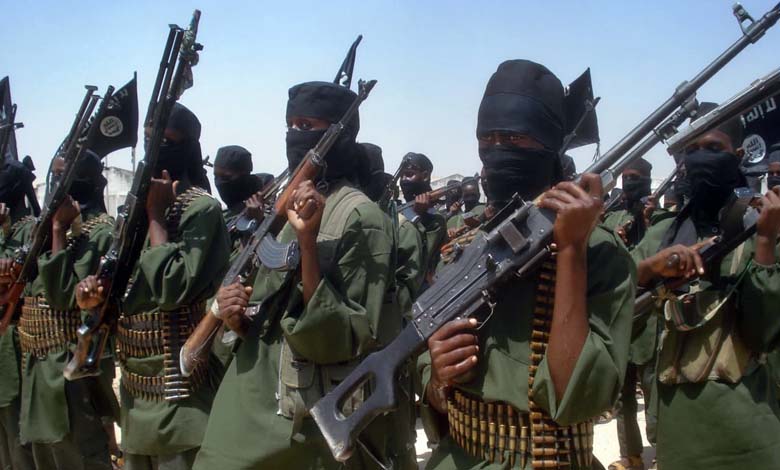
Journalist Dalia Abdelrahim, assistant head of the news channels division at United Media Services, specializing in political Islam issues, stated that Somalia has suffered from the presence of extremist ideologies and groups on its soil, particularly over the past twenty years, with “Al-Shabaab” being the most prominent and dangerous among them.
-
New strategy by Al-Shabaab terrorist group in Somalia
-
Washington monitors Houthi discussions to supply weapons to Al-Shabaab
During her presentation of the program The Other Bank, broadcast on “Cairo News” channel, she presented a report titled “The Somali Al-Shabaab Movement: Origins and Outcomes,” explaining that the Islamic youth movement, also known as the Youth Party, Jihadist Youth, Islamic Youth, or Al-Shabaab, was established in early 2004.
According to Egypt’s “Al-Bawaba News,” she mentioned that Al-Shabaab represented the military wing of the Islamic Courts Union, which was defeated by forces of the Somali interim government. However, it split from the courts after they joined the so-called Somali Opposition Alliance. The exact number of members in this terrorist group is unknown, but it was estimated to have between three thousand and seven thousand members at the time of the collapse of the Islamic Courts Union. These members acquired guerrilla warfare skills and expertise in using bombs and explosives.
-
Sanctions Target Money Laundering Network for Al-Shabaab – Details
-
Losses and Crises: Somali Al-Shabaab Movement Suffers Defeats Due to Its Terrorist Crimes
She added that part of the extremist group’s funding is tied to piracy off the Somali coast. The group leads an open war against the Somali government by enlisting fighters from other countries, taking advantage of the freedom of movement between African capitals. The group is currently led by Ahmed Diriye Abu Ubaidah, who succeeded Ahmed Abdi Godane from 2008 to 2014, famously known as Sheikh Mokhtar Abdurrahman Abu Zubair, who was killed in a U.S. airstrike in September 2014 in southern Somalia. Abu Ubaidah succeeded Aden Hashi Farah Ayro, who was killed on May 1, 2008, in a U.S. airstrike on his house in Guri El, central Somalia.
-
Continued Terrorism Confrontation by Somalia Against Al-Shabaab
-
Somali President reveals the date for eliminating the terrorist group “Al-Shabaab”
She explained that under Godane’s leadership, the group reached the peak of its power, controlling three-quarters of the capital, Mogadishu, and nearly toppling the Somali government led by Sheikh Sharif Ahmed. However, internal disputes weakened the group, while the Somali government faced the growing threat within its territory. Somalia continues to fight the rising wave of terrorism by intensifying efforts to eliminate Al-Shabaab and addressing the group’s logistical support sources.
She stressed that Al-Shabaab is one of the most significant arms of transnational terrorist networks, particularly the Al-Qaeda network, which provided material and logistical support to the group. Al-Qaeda sent military experts to train Al-Shabaab members in bomb-making and military skills. It also assigned some of Al-Shabaab‘s cadres to other Al-Qaeda branches in the Horn of Africa, the Sahel, and Sahara regions to oversee camps or carry out suicide bombings in European capitals.
-
Al-Shabaab Nearing the End, Somali Army Defeats Terrorism
-
Somalia Takes Over Al-Shabaab’s Coffers; Economic War Loses Balance
Additionally, it is worth noting Iran’s support for the group, using it to carry out operations in the Red Sea against passing ships, while transferring weapons and ammunition to the group. In return, the group supplied raw uranium to Iran, as indicated by American intelligence reports during the presidency of Donald Trump.


